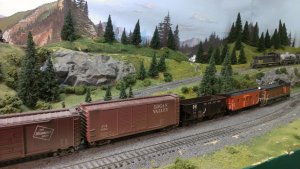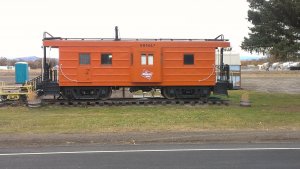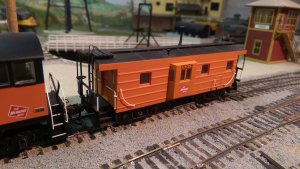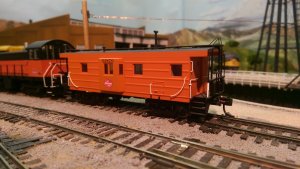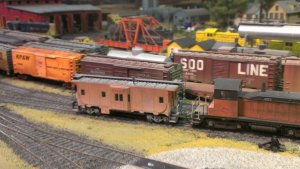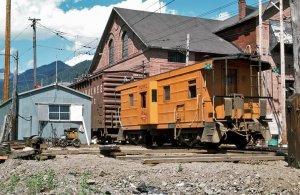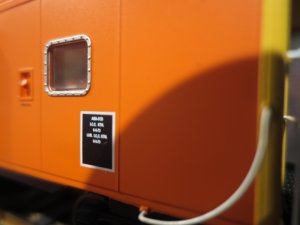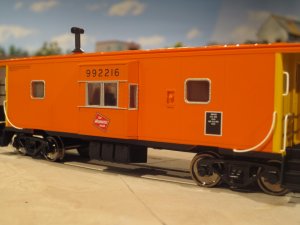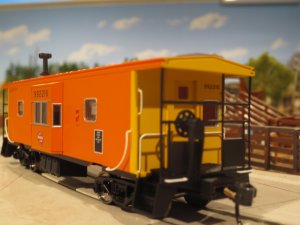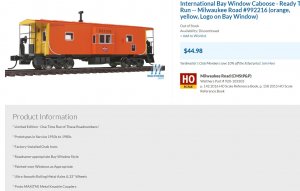logandsawman
Well-Known Member
Hi Guys,
I purchased a caboose very similar to this one, must be a proto because has grabs attached already.
My question is, what does it say in the black box at the end of the arrow, or what would it say, and what years would this be relevant to? The description says 50's to 70's.
Just wondering if the marking is applicable to the transition era
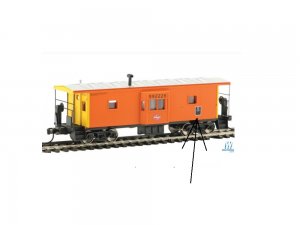
Thanks, Dave
I purchased a caboose very similar to this one, must be a proto because has grabs attached already.
My question is, what does it say in the black box at the end of the arrow, or what would it say, and what years would this be relevant to? The description says 50's to 70's.
Just wondering if the marking is applicable to the transition era

Thanks, Dave

